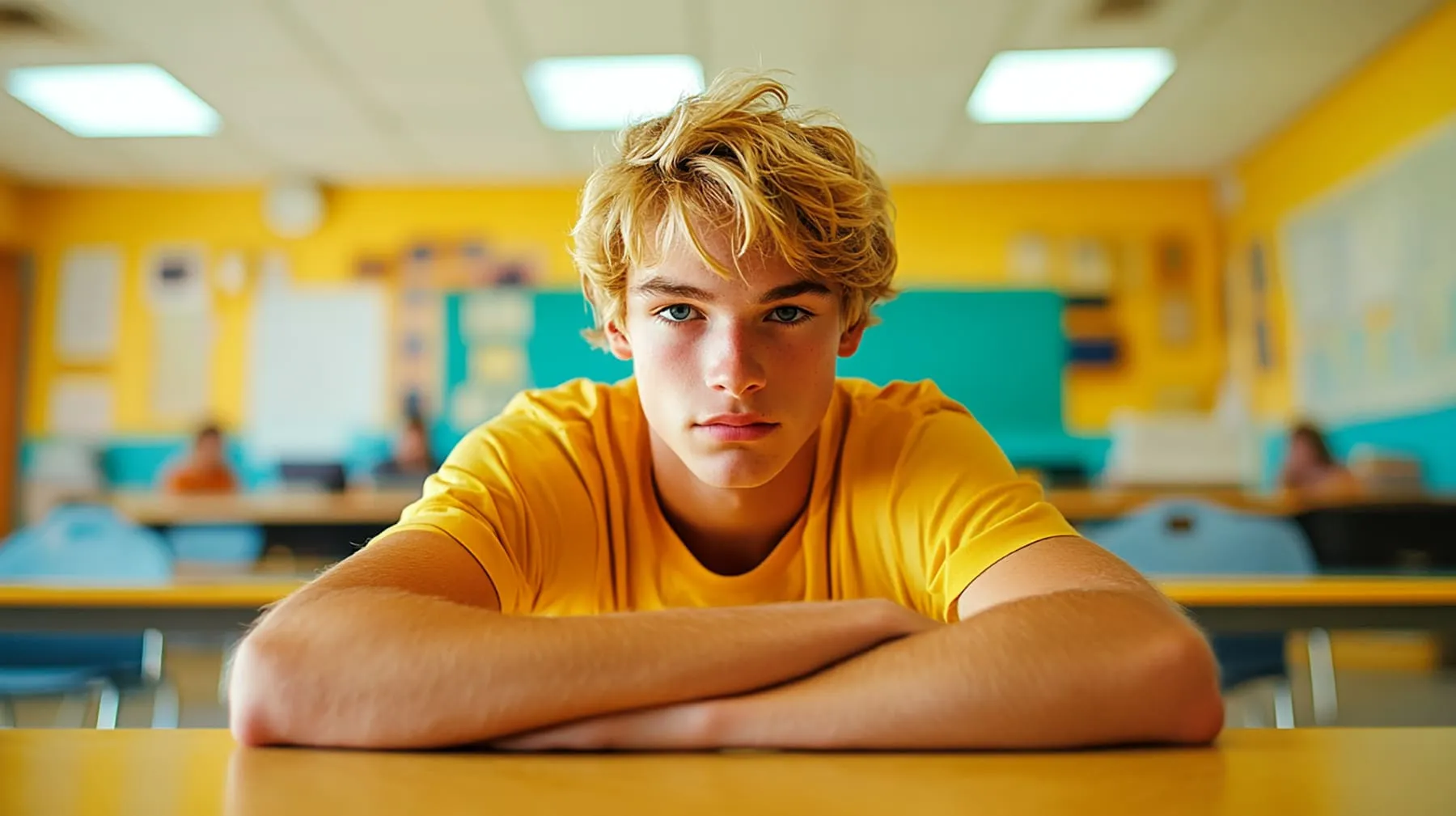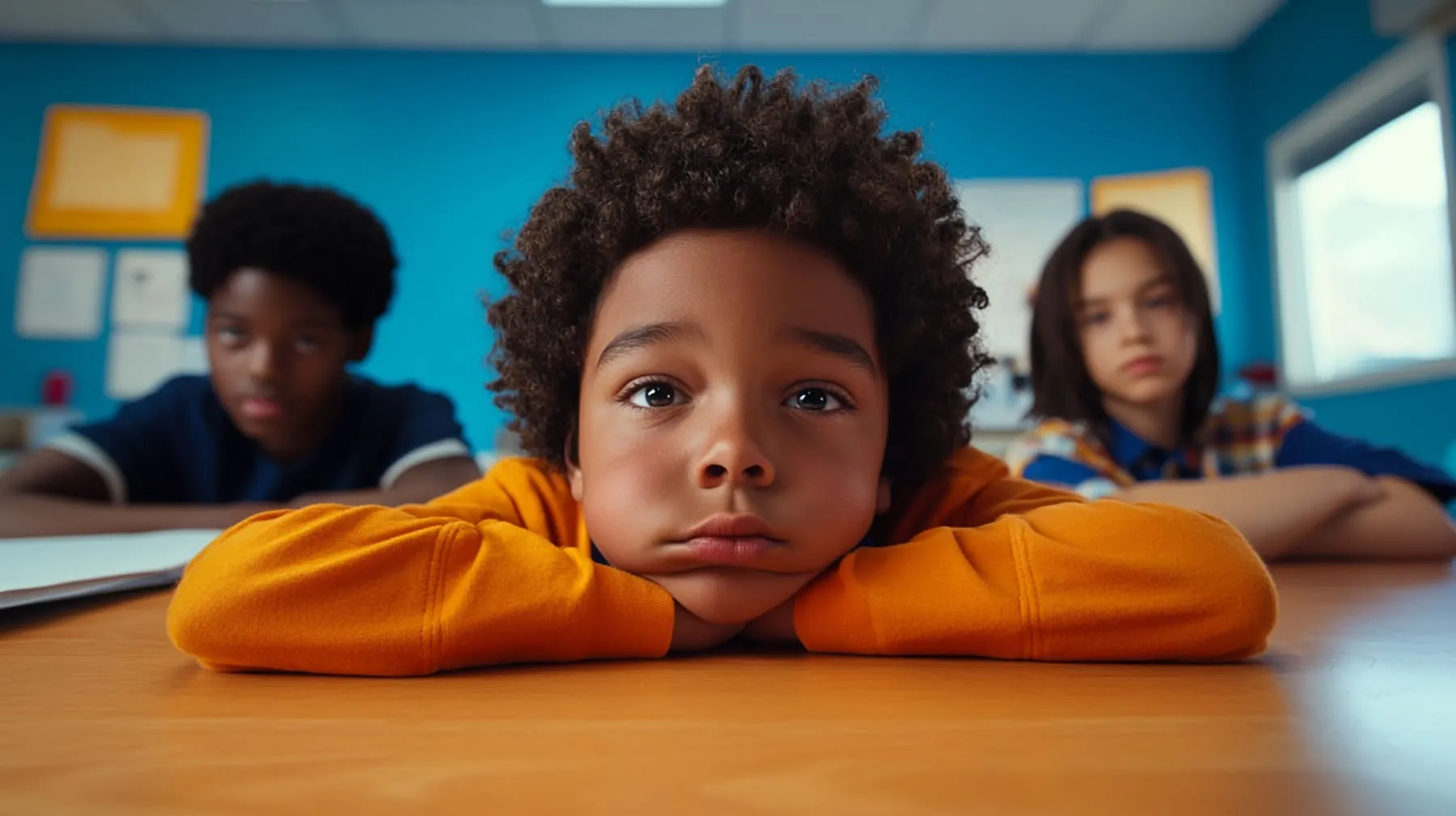Why are young people losing their critical eyes?

The disappearance of depth in an age of infinite content
Imagine standing before an endless buffet. Some dishes are nourishing, others are empty calories, and a few are laced with poison—but everything looks equally appealing. There’s no time to read the labels. You grab what feels right and move on. This is the mental landscape today’s youth navigate daily.
For Generation Z (1997–2012) and Generation Alpha (2013–2025), critical thinking isn’t in decline because they are less capable—but because the cognitive environment around them has changed. Their brains are not failing; they’re adapting. But what they are adapting to may be stripping away the slow, deliberate process of reflection that once defined human intelligence.
The rise of clip thinking
Researchers have begun to call this phenomenon “clip thinking”—the ability to rapidly scan, sort, and skim information, like flipping through TV channels at hyper speed. A teen on TikTok sees a war update, a skincare hack, and a viral conspiracy theory within 30 seconds. There is no time to interrogate the source. Their brain, saturated by content, learns to tag and forget.
But clip thinking is not laziness. It’s survival. European youth consume over 34GB of media daily (EU Commission, 2024). The problem isn’t their intellect—it’s the architecture of the digital world: speed over substance, virality over truth, dopamine over deliberation.
Education, not Algorithms, may be failing them most
We often blame platforms. But social media is just one part of the equation. Schools, families, and society have all contributed to the erosion of more profound thought:
- Education systems reward conformity. In many European countries, schools still prioritize memorization over inquiry. Students are trained to give the correct answer, not to challenge the premise.
- Protective parenting limits resilience. By shielding children from discomfort, we have also shielded them from complexity. Conflict, contradiction, and confusion—once the raw materials of growth—are now perceived as threats.
- Civic disengagement is widespread. Fewer young people engage with traditional political institutions. And when they do, it’s often in reactive, emotionally charged ways, not through critical analysis.
A fertile ground for misinformation
When critical thought is hollowed out, young minds become susceptible—not because they are gullible but because the tools of discernment are underdeveloped.
Advertising exploits this gap. Youth are heavily exposed to marketing for unhealthy products and lifestyle ideals. Studies show that even when young people understand the persuasive intent, their attitudes remain positively influenced (Journal of Youth Studies, 2023).
In addition to the rise of deepfakes, AI-generated content, and emotionally manipulative news cycles, we have an environment where truth is no longer self-evident—it is another content stream.
Where does critical consciousness begin?
Critical consciousness—the ability to question power, inequality, and dominant narratives—is not innate. It must be taught, nurtured, and modeled. And it doesn’t begin with information. It begins with experience.
Political moments—like Brexit, climate protests, or the war in Ukraine—have catalyzed reflection in many youth. According to research from European Youth Insight (2023), adolescents who experience social injustice or political unrest develop stronger capacities for ethical reasoning and critical action.
However, the key variable is guidance. In schools that integrate ethnic studies or civic education, young people show more advanced critical reasoning skills. When these lessons are absent, skepticism often curdles into cynicism.
Reclaiming depth: Four principles for the future
- From passive to participatory learning. Students must do more than absorb—they must debate, build arguments, and explore contradictions.
- Teach them to interrogate the algorithm. Who created this content? Who profits from your belief? What isn’t being shown?
- Foster dialogue, not just opinion. Debate is not war—it’s collaboration. The classroom and the dinner table must become arenas for respectful disagreement.
- Celebrate uncertainty. Instead of asking, “What do you want to be?” we should ask, “What do you want to understand?”
A generation between fragility and force
Critical thinking is civilization’s immune system. It guards against dogma, defends democracy, and protects us from manipulation. But it is not genetic. It is taught, modeled, and sustained through effort.
Gen Z and Alpha are not passive. They are navigating a world that is more complex, fast, and unstable than any generation before. Their rapid cognition may appear superficial, but underneath lies potential—if we dare to slow down, ask better questions, and equip them with tools beyond the swipe.
The decline of critical thinking is not inevitable. But whether we reverse it—or accelerate it—depends on what we teach, how we speak, and what kind of depth we still value.
And in the long run, it’s not just about saving education. It’s about saving the truth itself.
Frequently asked questions (FAQ)
Book a Talk, Workshop or Training!
At 20something, we help schools, educators, brands, and institutions decode how Gen Z and Alpha think, learn, and process the world. We equip you with the tools to reintroduce reflection in a reaction world through keynotes, workshops, inspiration sessions, and training.
Book a session with us to explore how to strengthen critical thinking in your organization—digitally, socially, and culturally.
You may also like these articles
Explore our collection of articles decoding youth culture, Gen Z, and Gen Alpha.







